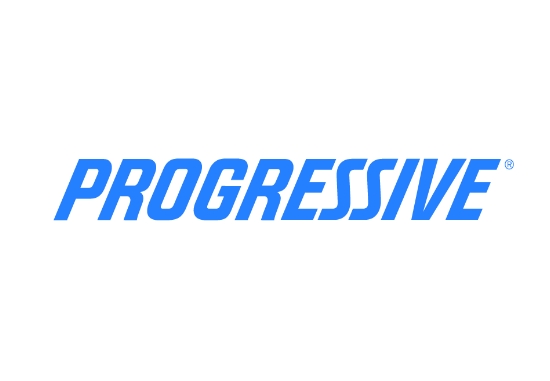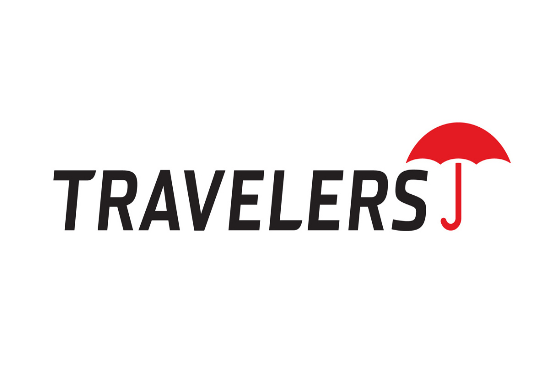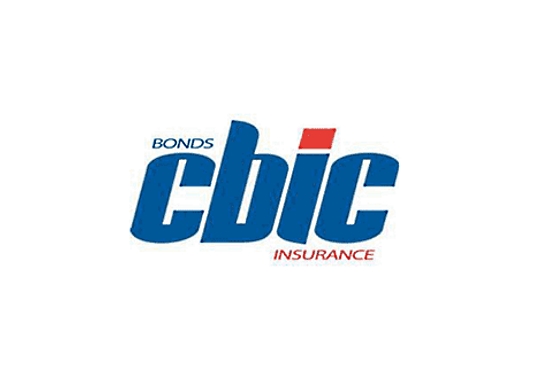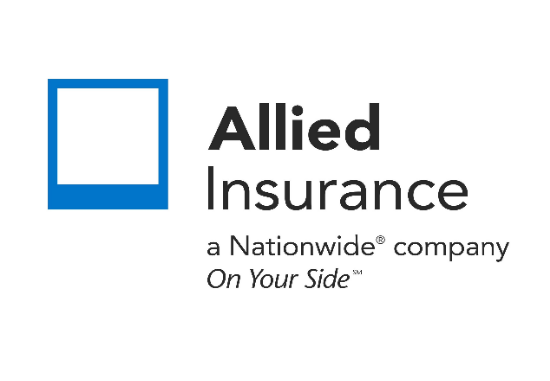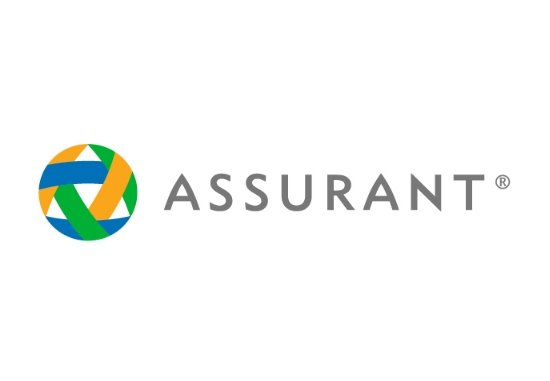What is Fitness Insurance?
Fitness insurance provides essential protection for personal trainers, gyms, and studios. It covers liability, property damage, professional mistakes, and helps safeguard your business in case of injury claims.
1. Types of Fitness Insurance Coverage
Personal trainers, fitness instructors, gyms, and wellness studios typically require:
General Liability Insurance: Protects against third-party injuries or property damage, like a client slipping on a wet floor.
Professional Liability Insurance (Errors & Omissions): Covers claims of negligence, mistreatment, or incorrect instruction.
Products / Completed Operations Liability: Covers issues from food, drink, or equipment services you provide.
Additional Covers may include:
Property insurance for tools, equipment, or rented space
Business interruption coverage for unexpected income loss
Cyber liability if running online classes or collecting data
2. Why It Matters
✔ Protection Against Lawsuits
Clients can claim injuries from exercising, incorrect technique, or faulty equipment—even when accidental.
✔ Venue Requirements
Many gyms, studios, and rental facilities require proof of insurance before you teach or rent space.
✔ Professional Credibility
Shows that you take safety seriously and helps attract clients or partners.
3. Cost and Coverage Estimates
Individual trainers typically pay $150–$300/year for combined general and professional liability.
Fitness studios or gyms may pay $600–$1,200/year, depending on size, equipment value, and student volume.
Typical coverage limits range from $1M per incident up to $3M aggregate, with deductibles around $500–$1,000.
4. What’s Covered—and What’s Not
Covered scenarios include:
A trainee injuring a knee during a session
Property damage to studio flooring or equipment
Client claims of personal or professional negligence
Not covered:
Injuries unrelated to your session or advice
Intentional misconduct or illegal acts
Clients who disregard safety instructions
Pre-existing medical conditions outside of your advisory scope
5. Choosing the Right Policy
To get appropriate fitness insurance:
Verify if venues or booking platforms require proof of coverage
Make sure your policy includes both general and professional liability
Match policy size to your student volume and location (online or in-person)
Consider adding cyber liability if running streaming classes
Summary Table
| Insurance Type | Ideal For | What It Covers |
|---|---|---|
| General Liability | Gyms, studios, personal trainers | Injury or property damage incidents |
| Professional Liability (E&O) | Trainers and coaches | Instruction-related negligence claims |
| Combined Policies / Business BOP | Fitness studios or small gyms | Liability, property, equipment losses |
Final Thoughts
Fitness insurance isn’t optional—it’s a vital tool for protecting your business from injury claims, reputational damage, and financial loss. Whether you train solo or run a studio, it adds credibility and safeguards your livelihood.
Looking for a tailored fitness insurance quote or comparison?
With over 30 years of expertise and access to nearly 100 insurance providers, THAgency helps you choose the right coverage for your services and risk profile. Submit your request now—secure, fast, and obligation-free.

Related Posts
Get a Right Insurance For You
SHARE THIS ARTICLE
We will compare quotes from trusted carriers for you and provide you with the best offer.
Protecting your future with us
Whatever your needs, give us a call, have you been told you can’t insure your risk, been turned down, or simply unhappy with your current insurance? Since 1995 we’ve been providing coverage to our customers, and helping people across United States.

